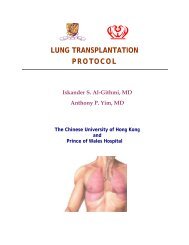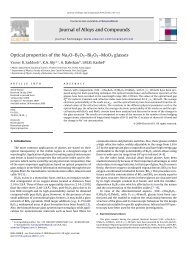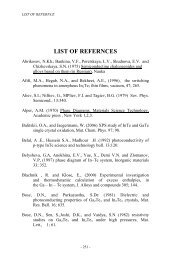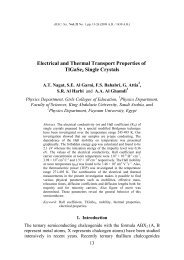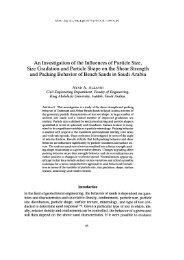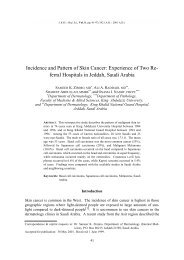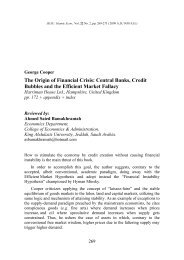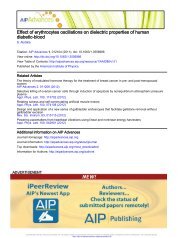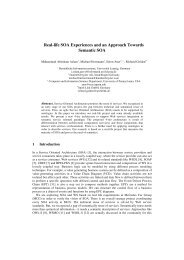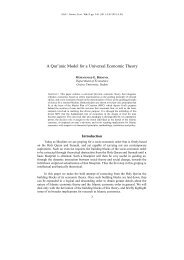Fundamental Organic Chemistry
Fundamental Organic Chemistry
Fundamental Organic Chemistry
You also want an ePaper? Increase the reach of your titles
YUMPU automatically turns print PDFs into web optimized ePapers that Google loves.
Technique 2<br />
Crystallization:<br />
When a solid organic compound is prepared in the laboratory or isolated<br />
from some natural source, such as leaves, it is almost always impure. A simple<br />
technique for the purification of such a solid compound is crystallization. The<br />
compound is first dissolved in a minimum amount of hot solvent. If insoluble<br />
impurities are present, the hot solution is filtered. If the solution is contaminated<br />
with colored impurities, it may be treated with decolorizing charcoal and filtered.<br />
Crystallization is not the same as precipitation. Precipitation is the rapid<br />
formation of solid material, while crystallization is the slow formation of a<br />
crystalline solid. If a hot saturated solution is cooled too quickly, then the<br />
compound may precipitate instead of crystallizing. A precipitated solute may<br />
contain many impurities trapped in the rapidly formed crystal structure. On the<br />
other hand, when a solution is allowed to crystallize slowly, impurities tend to be<br />
excluded from the crystal structure because the molecules in the crystal lattice are<br />
in equilibrium with the molecules in solution.<br />
Solvents for Crystallization:<br />
The ideal solvent for the crystallization of a particular compound is one that:<br />
(1) Does not react with the compound .<br />
(2) Boils at a temperature that is below the compound’s melting point .<br />
(3) Dissolves a moderately large amount of the compound on hot .<br />
11



